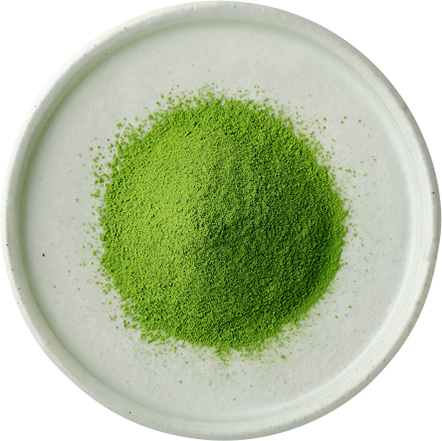
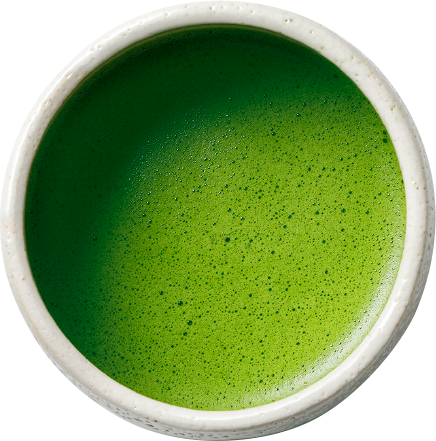
Uji Matcha
Making of tea
Entire tea field is covered to prevent sunlight to grow shoots. Shoots are then steamed, and dried without having kneaded. This type of tea is called Tencha, the original ingredient of Matcha. Ground Tencha turns into powdery texture, and it is called Matcha.
Flavor
Richness in scent, delicate taste and sweetness is what characterises Matcha. Matcha is served either in Usucha (whisked with hot water, lighter tasete) or Koicha (whisked with lesser hot water, thicker taste).

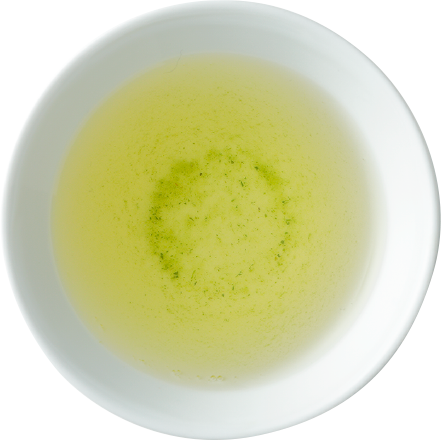
Uji Gyokuro
Making of tea
Shoots are covered after sprouting to prevent sunlight and increase its flavor. Tea leaves are steamed, kneaded and dried to become Gyokuro.
Flavor
Rich scent, indulgent taste and sweetness is what characterises exclusive Gyokuro. As it is written Gyoku (gem stone) Ro (drop), Gyokuro has meltingly luxuriant flavor.
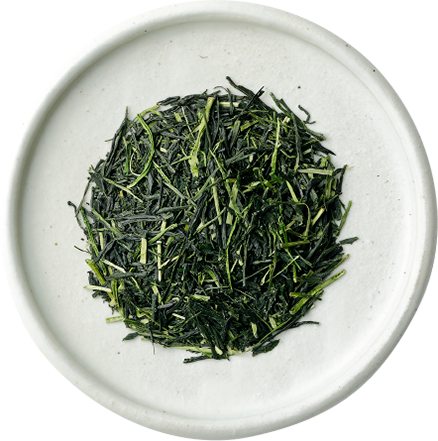
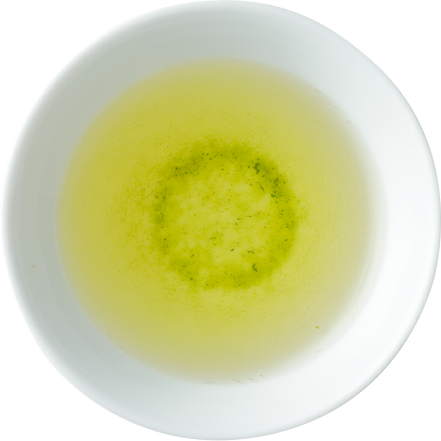
Uji Kabusecha
Making of tea
Shoots are covered after sprouting to prevent sunlight but its growing period is shorter than Gyokuro. Tea leaves have darker green, lesser bitter flavor and richer taste.
Flavor
The flavor is in between Gyokuro and Sencha. Kabusecha has a combination of tasteful Gyokuro and flesh Sencha.
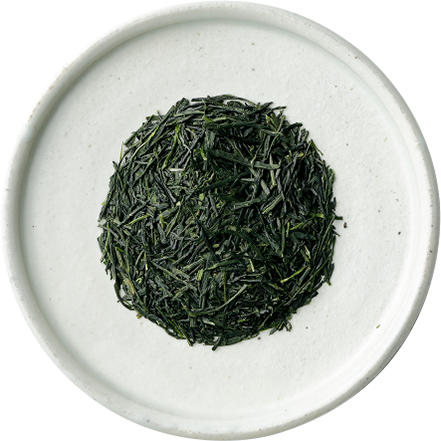
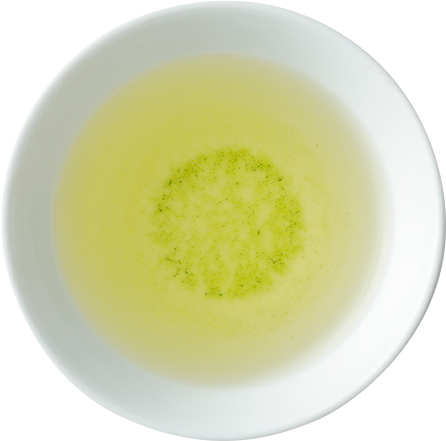
Uji Sencha
Making of tea
Shoots are grown in the sunlight. Picked shoots follows the tea-making process of steaming, kneading and drying.
Flavor
Sencha has one of the most popular taste among Japanese. Sencha is known for its elegant bitter taste and refleshing scent.


Uji Genmaicha
Making of tea
Genmaicha is made from roasted rice and tea leaves such as Bancha or Karigane (stem of Sencha). Difference in blending brings diversity in taste within tea makers.
Flavor
The balance of rich roasted rice and ligh green tea taste provides various occasions for this tea from meal to tea time.

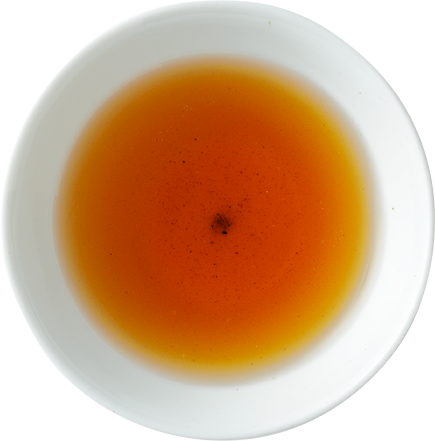
Uji Houjicha
Making of tea
Tea leaves are roasted at high temperature in the making of this tea. Hojicha has a wide variety of taste and flavor depending on the type of tea leaves to roast.
Flavor
Roasting brings depth in its scent, and lightness in its flavor. The taste of Houjicha changes depending on the tea leaves, such as Sencha, Kawayanagi, or Kukicha.

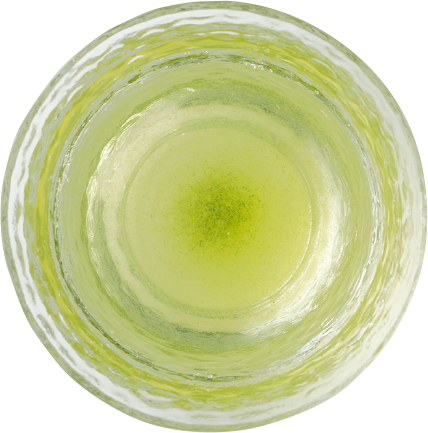
Uji Rei-Sencha
(Sencha for Cold Brew)
Making of tea
Brewing Sencha with cold water is called Rei-Sencha. Our Rei-Sencha tea leaves are made exclusively for cold brew with longer steaming process.
Flavor
Slow brewing with cold water brings lighter color but rich flavor and smooth aftertaste.
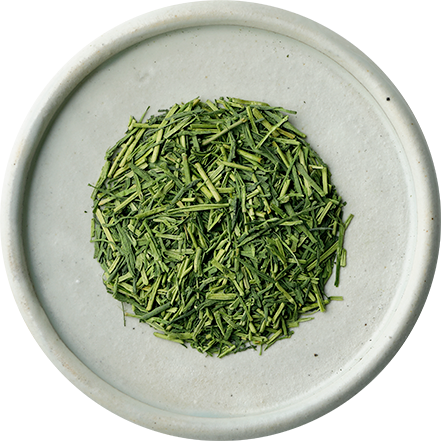
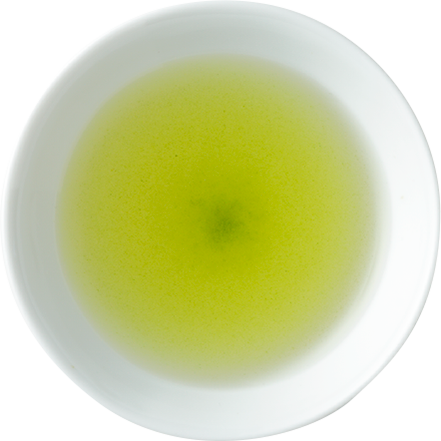
Uji Karigane
Making of tea
Stems of Sencha is used for the making of this tea. From the creation process, this tea is also known as "Kukicha".
Flavor
Flavor of this tea is relatively light, since stems contain less tannic acid than tea leaves.

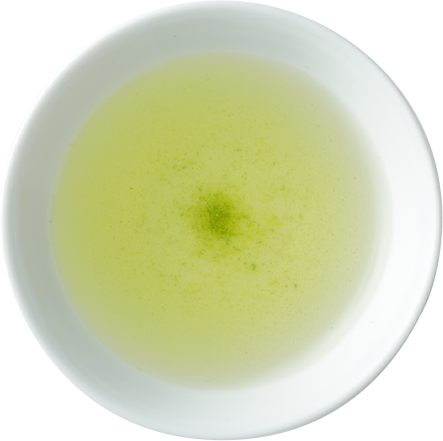
Uji Kawayanagi
Making of tea
Second flush leaves are used for the making of this tea. Original leaves are larger than first flush, and the final product has a shape similar to a willow.
Flavor
Light and mild flavor is loved for daily use as well as refreshment after dinner.
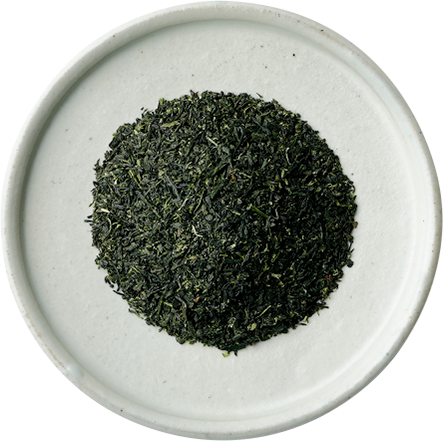

Uji Mecha
Making of tea
Mecha is made from the buds of tea leaves. Buds curved like a ball are especially classified as Tamacha.
Flavor
Mecha has strong bitter flavor because of richness in nutrition, particularly called Catechin. Combination with raw foods are highly favoured.
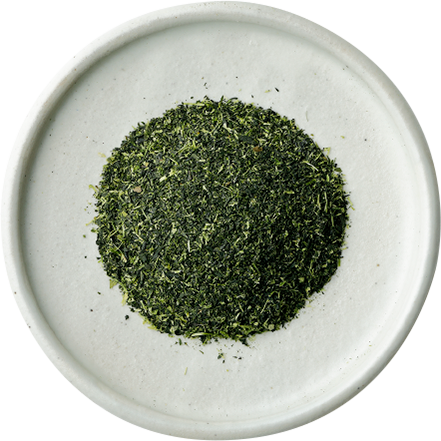
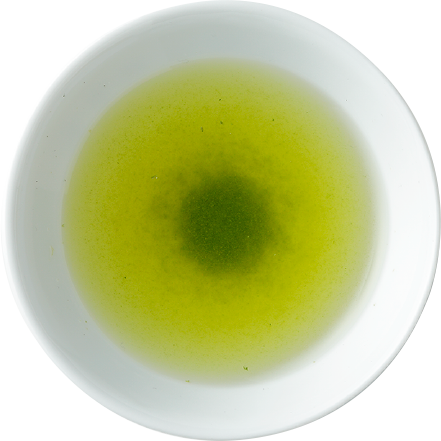
Uji Konacha
Making of tea
Konacha is a collection of fine tea dusts produced during the making of Sencha.
Flavor
Fine dust have shorter brewing time. You may enjoy tea without having tea pots.